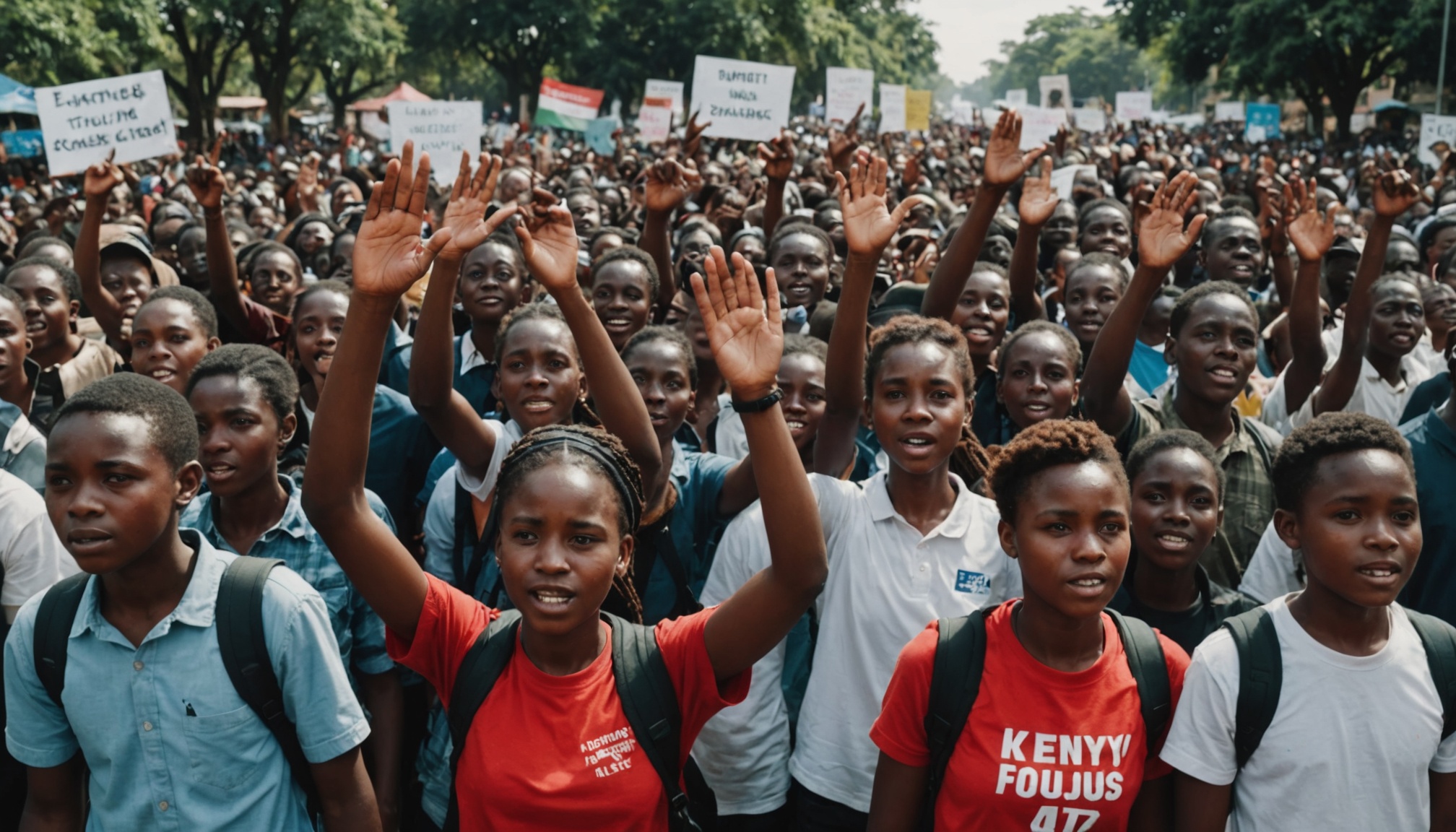The world is witnessing a seismic shift, a youthquake, as Generation Z rises up across continents, demanding change and challenging the established order. What began as localized discontent is rapidly evolving into a global phenomenon, with young people taking to the streets, organizing online, and, in some cases, directly challenging the authority of their governments. This isn’t just about localized issues; it’s a generational wave of frustration and a quest for a future that aligns with their values and aspirations. The speed and scale of these events are truly unprecedented, making it crucial to understand the motivations, strategies, and potential implications of this emerging global rebellion.
The Shared DNA of Discontent
While the specific grievances vary from country to country – from economic inequality and corruption to environmental concerns and lack of opportunity – a common thread connects these diverse uprisings. The driving force is a sense of disillusionment with the status quo and a perception that the existing power structures have failed to deliver a just and equitable society. The rise of social media has played a critical role in facilitating these protests, providing platforms for organization, communication, and the rapid dissemination of information. The ability to connect with like-minded individuals, share tactics, and amplify their voices has allowed Gen Z to bypass traditional media channels and directly engage with each other and the world, creating a powerful collective force.
The Digital Battlefield
The digital age has fundamentally altered the landscape of protest and revolution. Gen Z is at the forefront of this evolution, utilizing digital tools in innovative and often unexpected ways. Social media platforms like Discord and even gaming communities have become crucial spaces for organizing, planning, and disseminating information, bypassing government censorship and control. This digital fluency allows them to rapidly mobilize support, coordinate actions, and build a sense of community that transcends geographical boundaries. Furthermore, the use of coded language, memes, and cultural references has created a unique language of protest that resonates with young people across different cultures and continents.
The Shifting Sands of Power
The impact of these Gen Z-led movements on global politics is undeniable. From Sri Lanka to Madagascar, governments have been toppled, and established power structures have been challenged. The rise of youth activism presents a direct challenge to the status quo and is forcing established political forces to adapt or be replaced. Many of these protests are not seeking a complete overthrow of their democratic institutions, but rather a renewal and reform of those systems. The goal is to make these institutions function as they were intended, and address issues like corruption and inequality. This is a crucial element that distinguishes these movements from the revolutionary actions of the past.
The Path Ahead
As this global wave of youth-led protest continues, several key questions remain. Can these movements maintain their momentum and translate their demands into lasting political and social change? Will they be able to avoid the pitfalls of cynicism and stagnation that can often follow periods of intense social unrest? The future hinges on their ability to build new political organizations, forge alliances, and navigate the complex challenges of governing. What this generation is building right now could have a huge impact on the future, but only time will tell.









